Idaho police ripped for handling of murders after 10 days with no suspect: ‘I give it an F’
MOSCOW, Idaho – Experienced homicide investigators are voicing concerns that initial crime scene management was lacking in the quadruple stabbings of a group of University of Idaho students earlier this month – especially after 10 days have passed without a suspect since the savage slayings and classmates warn the “party house” the victims lived in could contain large amounts of unrelated DNA.
Ethan Chapin, 20, Xana Kernodle, 20, Madison Mogen, 21, and Kaylee Goncalves, 21, were stabbed to death in their sleep on Nov. 13 between 3 and 4 a.m. in a rental house near campus in Moscow, Idaho, according to police.
Goncalves and Mogen were last seen at the Corner Club – a dive bar popular with the college crowd. It’s friendly, cozy and packed with sports on TV, a few icy steps below street level and warm inside.
One fellow University of Idaho student, who said he knew the victims, described their off-campus rental as a “party house.”
IDAHO MURDERS: FOX NEWS’ TED WILLIAMS PUSHES BACK AGAINST ‘PEEPING TOM’ THEORY, ‘MORE PERSONAL’
“It’s the heart of Greek life on campus,” he told Fox News Digital Wednesday, and sees capacity crowds on most Fridays and Saturdays.
But the victims also lived in what he described as “a party house,” which he worried could complicate forensic testing.
“There’s DNA everywhere,” he said.
According to Joseph Giacalone, an adjunct professor at John Jay College of Criminal Justice in New York and a retired NYPD sergeant, there could be a huge amount of unrelated DNA in the house.
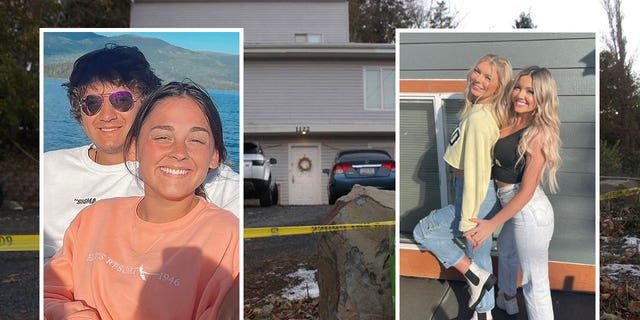
“If you had to use Luminol and a blue light in there, it probably looks like a Jackson Pollock painting,” he told Fox News Digital.
Luminol is a chemical that reacts with and reveals even small traces of the presence of blood.
“They could have had a party last week between 40, 50 people, so hair evidence, all that stuff becomes very suspect,” he said. “Because of the dynamics of what you’re dealing with here, you have to rely on phone records, internet records and surveillance video to try to piece this thing together.”
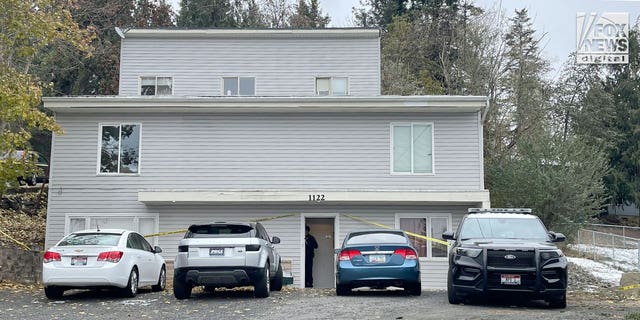
Still, some DNA evidence could help the investigation, he said, including blood that doesn’t belong to the four victims and DNA left under their fingernails or through other defensive injuries.
“You hope that the victims’ hands were all bagged at the time before the bodies were moved out of the house,” he said. “That’s the way it should have been done, especially when you have a violent attack with a knife – the chances of defensive wounds, defensive strikes at the perpetrator, are pretty good.”
That is, if the suspect’s DNA is in a law enforcement database.
“They honed in on the crime scene, hoping they get a hit on DNA,” former Miami-Dade County homicide detective Pat Diaz told Fox News Digital. “Well, what happens if this guy’s not in the system? What happens is this guy’s a psycho that’s never been caught?”
IDAHO COED KILLER: FBI PROFILER REVEALS SUSPECT’S LIKELY ATTRIBUTES
Police could have locked down the entire neighborhood before students went home for Thanksgiving break, he said.
“You should have a thousand interviews,” he said. “You should have been talking to everybody that even walked in, every ant that walked that street, should have their name.”
Both experts said the early police response was concerning – it was too small, too many people came and went and cellphone data should have been an early priority.
“The crime scene here, the lack of protocol, the defense attorney is going to have a field day with this,” Giacalone said. “I would give it an F.”

There was no gatekeeper securing the scene, he said – someone keeping track of who came and went. A comprehensive list could help investigators sort through evidence inadvertently contaminated by officers just by being present.
“That’s called evidence dynamics, where you don’t do it on purpose, but you’re going to contaminate the crime scene just by entering it,” he said. “You try to do as minimal as possible, but the idea is to get those [samples] from people to make sure that some of the cops that were at the scene weren’t the donors. But if you don’t have a list of who was there, this creates a huge problem.”
IDAHO COLLEGE MURDERS: EXPERTS LEFT ‘STUNNED’ BY MISSTEPS IN INVESTIGATION
He also took issue with how close police parked to the house and how many people went in and out without wearing sanitized Tyvek suits.
“The first day, you see all the cars public right in front of the house and the door, within three feet of the front door, that should never happen,” he said.
No suspects, no motive
Diaz also said he worried police took too long to canvas the surrounding area and should have a comprehensive list by now of everyone who was nearby on the morning of the murders.
“This was not random,” he told Fox News Digital. “I think they were targeted. I think they saw them out, or they’ve seen them around.”
He took issue with how long it took police to expand the crime scene and called for a thorough canvassing of the surrounding area, cellphone data and for more officers to be dedicated to the case.
“There’s no possible way you can get the work done on the ground, within that time,” he said. “That’s why the crime scene took eight days to do.”
The more officers on the case, the quicker they can vet and follow up on leads, he said.
For their part, Moscow police have invited help from dozens of state police members and more than 40 FBI personnel.

A thorough examination of the surrounding area is important because the suspect could have dropped blood or other evidence on his way out, Diaz said.
IDAHO UNIVERSITY MURDERS: POLICE REVEAL KEY DETAILS ABOUT EVENTS SURROUNDING STABBING OF 4 STUDENTS
“Remember the Virginia Tech murder case?,” he said. “When he did the murder, he came down the stairs. There was a blood trail down the stairs, out the doorway.”
More key evidence will come from pinging surrounding phone towers, he said, if it hasn’t been collected already.
Most slayings follow disputes over money, love or drugs, Giacalone noted. And he said investigators often start with persons of interest close to the victims and build their way out from there.
“All those things have to be looked at because we are victimized by someone we know most of the time,” he said. “So before we get on the Charles Manson train, let’s let’s eliminate all of those other people first.”
IDAHO POLICE MAY BE PROBING WHETHER KILLER HID IN THE WOODS BEFORE COLLEGE COED MASSACRE
Manson, a California cult leader, sent a group of disciples on an overnight killing spree in Hollywood in 1969 that left seven people dead, including the pregnant actress Sharon Tate and her unborn child.
Both experts said they believed the attack was targeted.
“Stabbing is an up close and personal kind of thing,” Giacalone said. “It’s violent, especially when you deal with overkill. This is why I hang my hat on that this is a perpetrator who knows the victim.”
He also suggested there could have been more than one assailant.
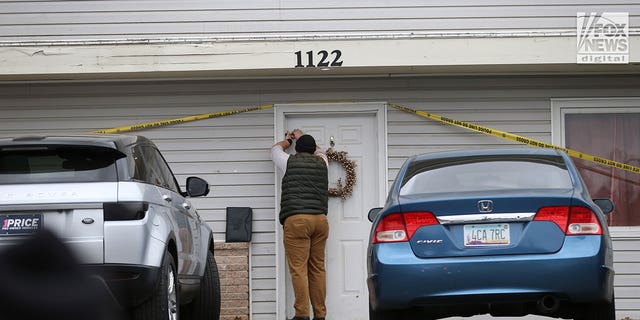
What police are revealing
Investigators have slowed their release of new information on the case as it drags on without a publicly identified suspect.
To Giacalone, that’s an improvement over earlier overshares from the coroner – but he’s worried local investigators may have brought in help from the state and FBI a little too late. There’s a “golden hour,” the hour after the bodies are discovered, that is most crucial for investigators because the suspect is the closest to the scene at that time.

“The police department always knows a lot more about what’s going on than they let on,” he said. “But you’ve got to remember, too, this is a place where there’s not a whole lot of homicide that happens. And you kind of get a little worried about that when you have a small department trying to handle this huge case.”
So far, police have ruled out two female roommates who were downstairs at the time of the murders, a man who appeared on surveillance video at a food truck at the same time as Goncalves and Mogen shortly before they returned home, a “private party” driver who took them home, Goncalves’ ex-boyfriend and a group of friends who were present at the house Sunday morning when the initial 911 call was placed.
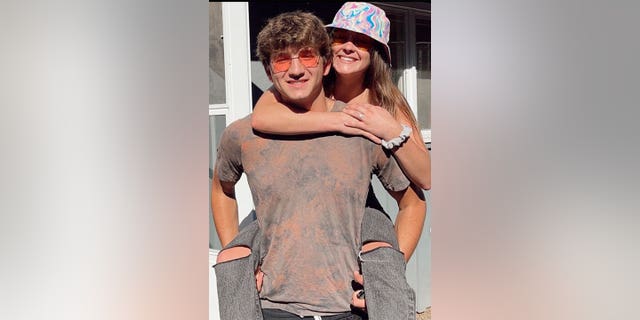
Police said Wednesday they’d taken 4,000 photographs and collected 103 “pieces of evidence.”
They also said detectives seized the contents of three dumpsters on King Road as part of the investigation.
They are asking for anyone with surveillance cameras around West Taylor Avenue,West Palouse River Drive, Highway 95 south to the 2700 block of Highway 95 S, and Arboretum and Botanical Garden to share it with detectives.
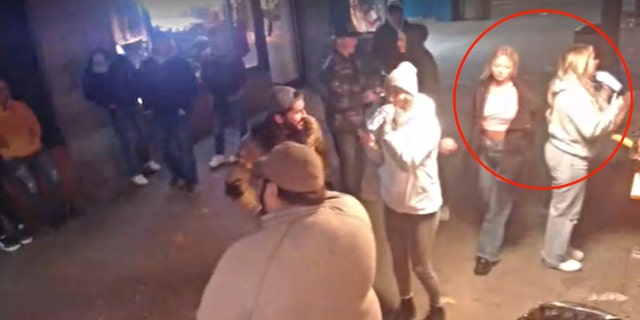
They have not recovered the murder weapon and have been unable to corroborate reports that Goncalves had a stalker before the attack.
UNIVERSITY OF IDAHO STUDENTS KILLED: A TIMELINE OF EVENTS
State and local police did not immediately respond to questions from Fox News Digital.
At a news briefing earlier Wednesday, authorities revealed few details that hadn’t already been released and urged patience.
They declined to explain why they believe the killings were targeted.
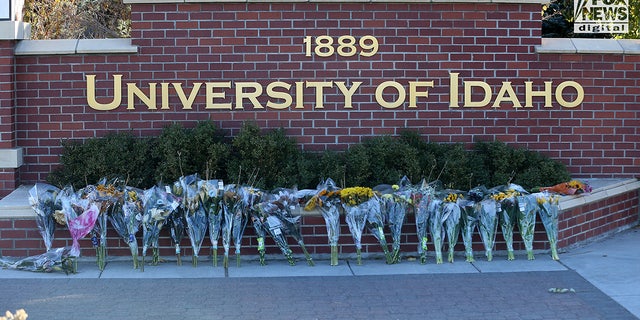
Anyone with information on the case is asked to call the tip line at 208-883-7180 or email tipline@ci.moscow.id.us.
Giacalone said parents whose students are returning home for the holidays should check for red flags.
“If they’re showing up for Thanksgiving and they’ve got scratches down their face, something’s wrong,” he said.
Fox News’ Audrey Conklin and Rebecca Rosenberg contributed to this report.
Read the full article Here


